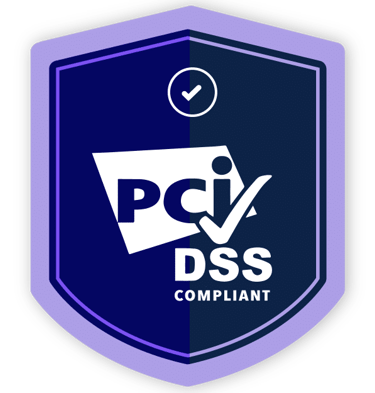Avoid Survey Deficiencies: The Initial Assessment Visit in Home Health
Home health providers preparing for state or federal surveys must be especially diligent in understanding and following §484.55(a) of the Medicare Conditions of Participation (CoPs).


In home health care, surveys are a fact of life. Whether state, federal, or accreditation-based, surveyors will carefully review your agency’s processes—starting with the very first interaction your team has with a patient: the initial assessment visit.
Getting this visit right is critical for patient safety, regulatory compliance, and your agency’s success. If it’s done improperly—or documented poorly—it can quickly become a survey deficiency that may lead to citations, corrective action, or even more serious consequences.
This guide breaks down everything your staff needs to know to complete the initial assessment visit correctly and confidently—without the jargon.
What Is the Initial Assessment Visit?
The initial assessment visit is the first visit your agency makes after a patient has been referred or discharged home from the hospital or facility. This visit is different from the full comprehensive assessment, which takes more time and includes detailed information.
The purpose of the initial assessment is to:
Make sure the patient is safe at home
Identify any urgent or immediate care needs
Determine if the patient is eligible for home health services (especially for Medicare patients)
This visit must happen:
Within 48 hours of referral to your agency
Within 48 hours of the patient returning home
Or on the exact start-of-care (SOC) date ordered by the physician
Whichever of these comes first is when the visit should happen. This rule is non-negotiable during surveys.
Who Can Perform the Visit?
Understanding who is allowed to complete the visit is a common area where agencies make mistakes:
If the patient is receiving nursing services (alone or with therapy), a Registered Nurse (RN) must complete the initial assessment.
If the patient is receiving only therapy services (like physical therapy), a qualified therapist may complete the visit instead.
Allowing the wrong clinician to complete the visit is a survey red flag and may result in a deficiency.
What Should Be Done During the Initial Assessment?
The initial assessment focuses on immediate safety and care needs. The clinician should:
Verify homebound status and eligibility (for Medicare)
Review all current medications for accuracy and safety
Identify any fall risks or environmental hazards in the home
Ensure any urgent clinical needs (like wound care or catheter management) are addressed
Confirm the patient and family understand how to reach the agency if a problem arises
This is not the time for full goal-setting or full care planning—that comes with the comprehensive assessment. But this first visit should keep the patient safe until the rest of the care team can step in.
📁 Documentation That Surveyors Look For
Surveyors will review the clinical record for the following:
✅ Date and time of the initial assessment
✅ Name and credentials of the clinician
✅ Documentation of the patient’s eligibility and homebound status
✅ Notes about any urgent needs identified and how they were addressed
✅ Patient’s understanding of how to reach the agency or nurse
✅ Any contact made with the physician if delays or problems occurred
Pro Tip: Never leave gray areas in your documentation. What’s not written is not done—as far as surveyors are concerned.
⚠️ Common Survey Triggers Related to the Initial Assessment
Surveyors commonly cite agencies for these preventable issues:
Missed Timelines
Completing the initial visit too late—even by a few hours—can trigger a deficiency.Unauthorized Clinician
If an RN was required but a therapist conducted the visit, this is an automatic citation.No Documentation of Eligibility
Especially for Medicare, surveyors will want to see that your nurse confirmed the patient meets homebound criteria.Changing the Start-of-Care Date for Convenience
Agencies cannot just adjust the start date. If a patient requests a delay, the physician must approve it, and this must be clearly documented.Incomplete Safety Assessment
Failing to identify urgent concerns like fall risks, missing medications, or urgent needs is viewed as a patient safety issue.
What to Do If the Patient Requests to Delay Care
Sometimes, patients aren't ready for the visit within 48 hours. In these cases:
Document the patient’s request to delay the visit
Notify the physician and request approval for a new start-of-care date
Only proceed once the physician's order is received and documented
This step protects your agency from a citation and keeps your clinical record compliant.
Best Practices for Agencies
To ensure your agency is survey-ready, implement the following strategies:
Educate your staff about the rules for timing and clinician roles
Create a referral tracking system to avoid missed deadlines
Use an initial assessment checklist to ensure urgent needs are covered
Require clinicians to document the patient's homebound status and immediate safety issues during the visit
Include ongoing training for intake coordinators, RNs, and therapists on regulatory updates
Links:
§484.55 – Condition of Participation: Comprehensive Assessment of Patients
CMS State Operations Manual – Home Health Agency Survey Guidance (Appendix B)
Medicare Benefit Policy Manual – Chapter 7 (Home Health Services)





